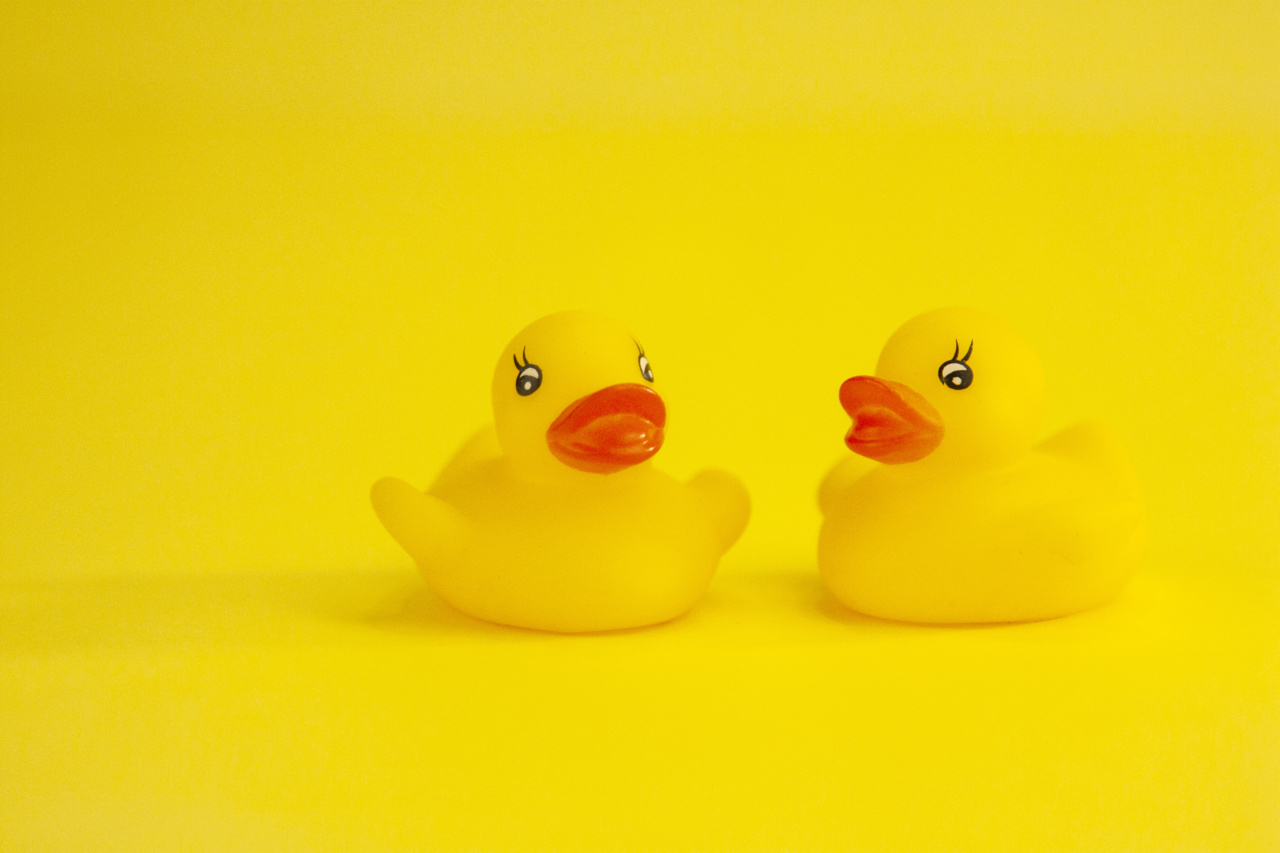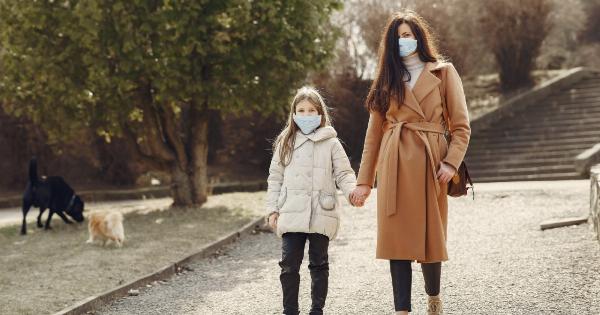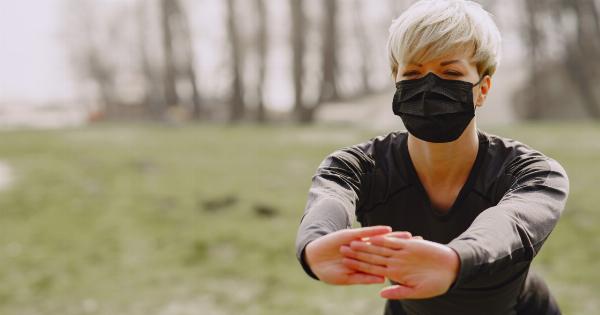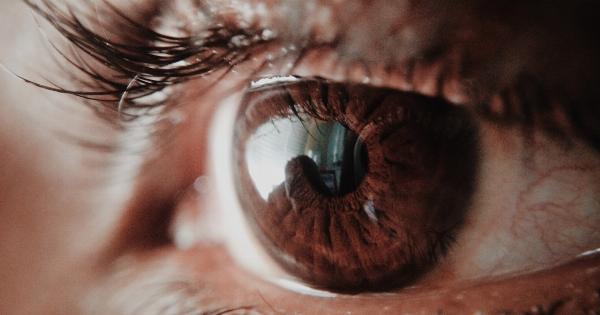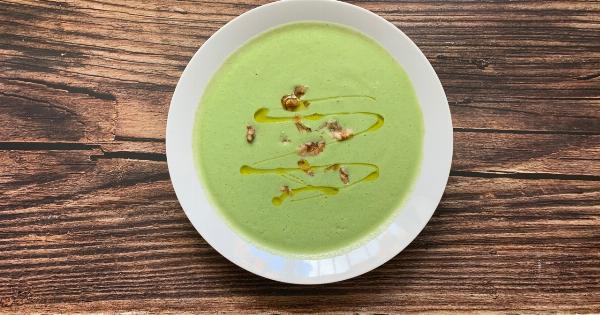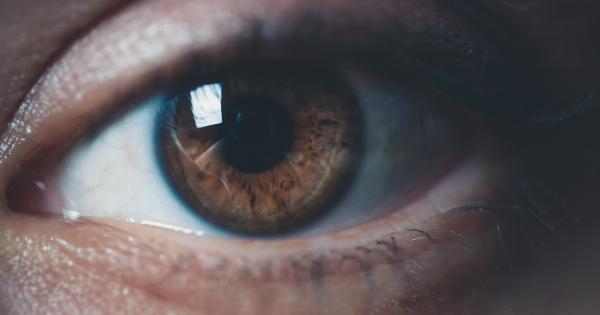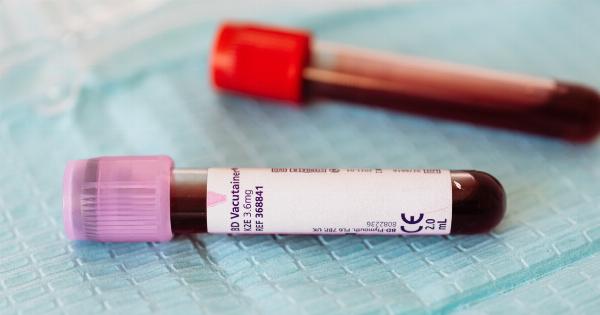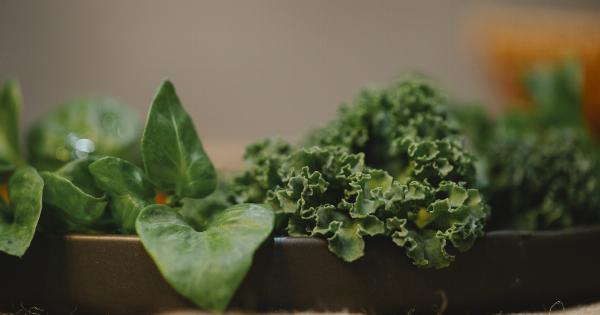Eye barley, also known as a stye, is a common eye infection that affects many individuals. It occurs when the oil glands in the eyelids become clogged, leading to the formation of a small, red bump.
While eye barley is typically not serious and tends to go away on its own, proper care and treatment can help expedite the healing process. In this article, we will explore nine simple and effective methods to treat and retreat eye barley.
1. Apply Warm Compress
One of the easiest ways to treat eye barley is to apply a warm compress to the affected area. Soak a clean cloth in warm water, wring out the excess water, and place it gently on your closed eyelid.
The warmth helps to increase blood circulation in the area and speeds up the healing process. Repeat this several times a day for optimum results.
2. Maintain Good Eye Hygiene
Practicing good eye hygiene plays a crucial role in treating and preventing eye barley. Ensure that you regularly clean your eyelids with a mild cleanser or baby shampoo.
Gently rub the base of your eyelashes using your fingertips, paying special attention to the affected area. Rinse thoroughly with clean water and pat dry using a clean towel.
3. Avoid Touching or Squeezing
Although it may be tempting to touch or squeeze the bump, it is important to resist the urge. Touching or squeezing can introduce more bacteria into the area, making the infection worse.
Additionally, it increases the risk of developing complications such as spreading the infection to other parts of the eye or causing the stye to rupture prematurely.
4. Use Over-the-Counter Medications
Over-the-counter (OTC) medications, such as antibiotic ointments or eye drops, can help treat eye barley. These medications help eliminate any bacterial infection and reduce inflammation.
However, it is essential to consult with a healthcare professional or optometrist before using any OTC medication to ensure proper usage and avoid potential side effects.
5. Practice Proper Contact Lens Hygiene
If you wear contact lenses, it is crucial to practice proper hygiene to prevent eye barley. Ensure that you disinfect your lenses regularly using recommended solutions and do not wear them while experiencing a stye.
Additionally, avoid sleeping with your contact lenses on, as this increases the risk of infection and eye barley development.
6. Increase Intake of Nutrient-rich Foods
A well-balanced diet plays a significant role in overall health, including eye health. Consuming foods rich in vitamins A, C, and E, as well as omega-3 fatty acids, can boost your immune system and promote faster healing.
Include foods like carrots, oranges, spinach, almonds, and salmon in your diet to nourish your eyes and enhance the healing process.
7. Use Tea Bags
Tea bags, particularly those containing chamomile or green tea, can provide relief from eye barley. Steep a tea bag in warm water for a few minutes until it softens. Once cooled, gently place the tea bag on your closed eyelid for around 10 minutes.
The natural compounds present in tea have anti-inflammatory properties that can alleviate the discomfort associated with eye barley.
8. Practice Eye Exercises
Performing eye exercises can help improve blood circulation and relieve eye strain, which can contribute to a faster recovery from eye barley.
Rotate your eyeballs in a circular motion, look from side to side and up and down, and focus on distant objects for a few seconds at regular intervals. These exercises help relax and strengthen the eye muscles, promoting healing.
9. Consult a Healthcare Professional
If home remedies and self-care methods do not provide relief or if the condition worsens, it is essential to seek medical attention.
A healthcare professional or optometrist can evaluate the severity of the stye and propose appropriate treatment options. In some cases, a stye may require drainage or the use of prescription medications for effective resolution.
Conclusion
Retreating eye barley can be achieved with simple and effective methods.
By following these tips, including warm compress application, maintaining good eye hygiene, avoiding touching or squeezing the bump, using over-the-counter medications judiciously, practicing proper contact lens hygiene, consuming nutrient-rich foods, utilizing tea bags, performing eye exercises, and seeking professional medical advice when needed, you can facilitate the healing process and prevent further complications.
